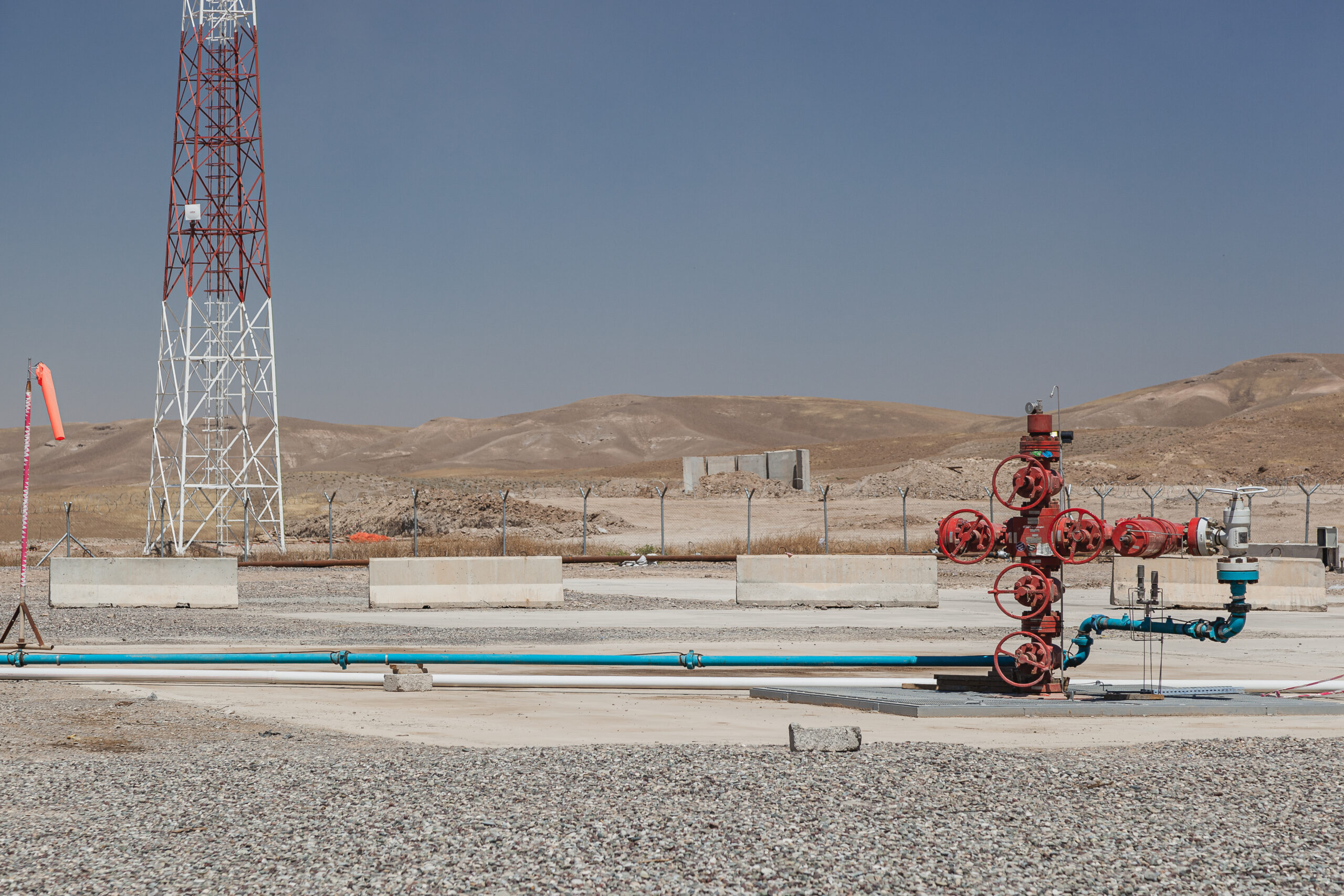U.S. EPA to unveil limits on power plant emissions
The first-of-its-kind limits on power plant emissions would mark a major turning point in U.S. climate action

The Biden administration is preparing to roll out greenhouse gas regulations on power plant emissions, the first time existing facilities will face limits on their carbon pollution. If finalised, the rules will be a cornerstone of U.S. climate policy, accelerating the shift to clean energy.
The regulations have been completed by U.S. Environmental Protection Agency, and are currently under review by the White House’s Office of Management and Budget, according to the New York Times.
Both new and existing facilities will be subjected to the new rules, forcing power plants to dramatically phase down carbon. The U.S. electricity sector is the second largest source of emissions after transportation, accounting for about a quarter of total emissions nationwide.
Under the rules, power plants would need to slash their emissions to near zero by 2040. That would force gas- and coal-fired power plants to either shutdown or install costly equipment to cut emissions, such as carbon capture and sequestration, a technology that faces formidable challenges and has yet to be proven to be effective at scale. Gas plants would have the option of switching to hydrogen. The rules are also set to be flexible, allowing power plants that are scheduled to shut down in the coming years some leeway on compliance.
Once unveiled, the proposal will undergo a public comment period and likely will not be finalized until next year. At that point, the EPA will be on a tight timeline to finalize the programme before the presidential election. If Republicans take control of Congress or the White House, they will have some tools to roll back the pollution limits.
But if successfully implemented, the EPA regulations would mark a substantial advancement in U.S. climate policy. Former President Barack Obama previously attempted to regulate greenhouse gas emissions from the power sector, but that effort was blocked by the U.S. Supreme Court.
Last year, the Supreme Court narrowed the federal government’s ability to regulate emissions from the electricity sector in a major decision, ruling that the EPA did not have the authority to design regulations aimed at broadly shifting the power sector from fossil fuels to cleaner sources of energy.
But the court did reaffirm EPA’s authority to regulate pollution from specific facilities, rather than across the sector, and the new Biden rules are expected to adhere to this “inside the fenceline” approach.
Bolstering the regulations is the 2022 passage of the Inflation Reduction Act, which is expected to lead to hundreds of billions of dollars in subsidies for a variety of energy transition technologies. That investment allows the EPA to propose more stringent limits. Politico reports that the administration toughened up the forthcoming regulations in recent months.
The Biden administration’s long-term climate target is to slash emissions by 50 percent by 2030 from a 2005 baseline. While his administration has pursued a long list of initiatives, regulations and policies, the heavy lifting to achieve U.S. climate targets largely boil down to three marquee actions: the Inflation Reduction Act, and two EPA regulatory programmes, one covering fuel economy standards for passenger vehicles, and the aforementioned power plant rules.
Modelling from NRDC, a Washington-based NGO, projects that with the Inflation Reduction Act, the U.S. is on track to cut emissions by 65 percent below 2005 levels by 2030. But if the EPA also regulates CO2 from power plants, the U.S. could cut emissions by 77 percent.
Climate advocates are eagerly anticipating the announcement and are calling on the Biden administration to go big. “Put simply: Biden will not be able to hit his climate targets without well-crafted, effective carbon standards for the power sector—EPA’s forthcoming proposal will be a cornerstone of the president’s climate legacy,” stated Evergreen Action, a climate advocacy organisation. “The climate movement, and the voters within it that helped Biden secure the White House in 2020, will be watching.”
The EPA did not respond to questions from Gas Outlook.



